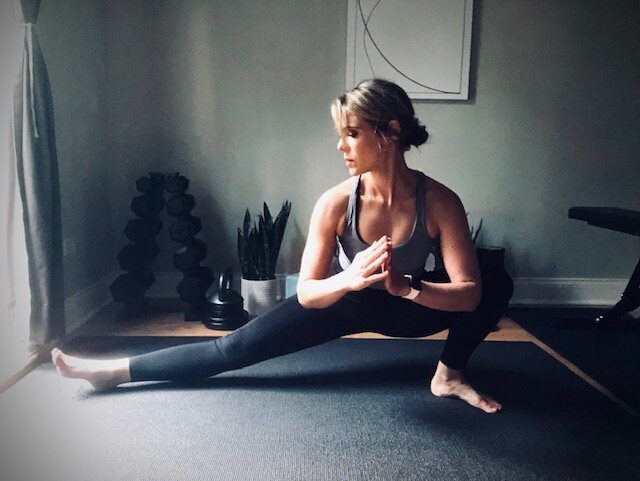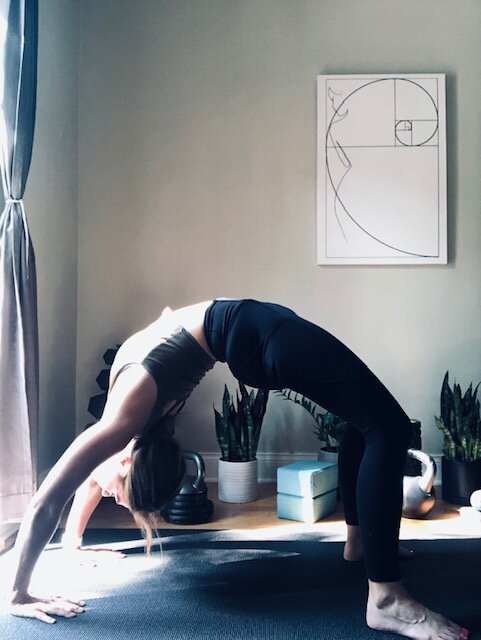What's Your Healthspan?
Discipline today, dividends tomorrow
Discipline today, dividends tomorrow
Are you training for how you look today, or how you want to move tomorrow? ¿Por qué no los dos?
Imagine yourself at age 80, 90, beyond. How would you like to be moving then? How would you like your brain to be functioning then? Do you want to just live until you’re X-years old, or live as mobile, autonomous, and pain-free as possible, for as long as possible? What are you doing today to ensure you can move as strong and resiliently as you’d like in the future, with the mental acuity we so often take for granted? If you’d like to be moving with ease in old age, you should probably be sure you can move that way, or working in that direction, today. And tomorrow. And the day after that. The time period in your life when your mobile, sharp, functioning autonomously and as pain-free as possible is your health span. How long would you like that to be?
But here’s the catch: we have to EARN our mobile and pain-free bodies. Only 20% of our heatlhspan is related to genes, the other 80% is determined by our lifestyle choies—how we move our bodies, manage stress, and what we put into our mouths. We have to be intentional about health and devote time to a variety of avenues that support the complex machine that is the human body. That means absolutely training the major muscle groups multiple times per week, but also working the body in ways that elicit big dividends while also not firing up the central nervous system as much. Remember, exercise is stress on the body and the body cannot differentiate between work stress, relationship stress, or exercise stress. So think mobility training. It should be a non-negotiable part of your training regimen – it’s also a great way to start an exercise program if you’re not currently in one. But importantly, mobility training is paramount in aging with ease. Bodybuilders and strongmen are notorious for terrible joints later in life; so you can keep hammering away at deads and squats, but do you take focused time for the joints?
How do you want to be able to move tomorrow?
How do you want to be able to move tomorrow?
Our bodies need movement, we have evolved to be mobile and active. Sitting at a desk is hard on the body. Not only do our muscles give us strength, support our joints, and act as shock absorbers, how we treat them in kind determines how well they function. Muscle growth does not occur during exercise, in fact, the opposite- it gets broken down. Proper, focused nutrition is what repairs the muscle and fosters the strength we worked so hard for during the training session. That’s why nutrition is critical. And not just our macros (protein, carbs, fat), but our micros- all the vitamins and minerals that facilitate the millions of cellular reactions occurring in our bodies each day. It cannot be stressed enough how integral micronutrients like potassium and magnesium are for healthy cell functioning. You cannot chicken and rice your way to an optimally functioning body. And it’s not just the vitamins and minerals we get through food that help our bodies, but the overall health of our gut microbiome that can dictate how we feel and also—how we look.
Like a healthy stock portfolio, diversity is key here. Each fruit, vegetable, whole grain, nut, seed, etc contain unique compounds that assist our bodies in functioning. So you can’t only eat tomatoes and avocadoes and actualize your body’s full potential. Far from it. If you want to feel better, move better, look better, understand that a wide assortment of healthy foods will support your body best.


